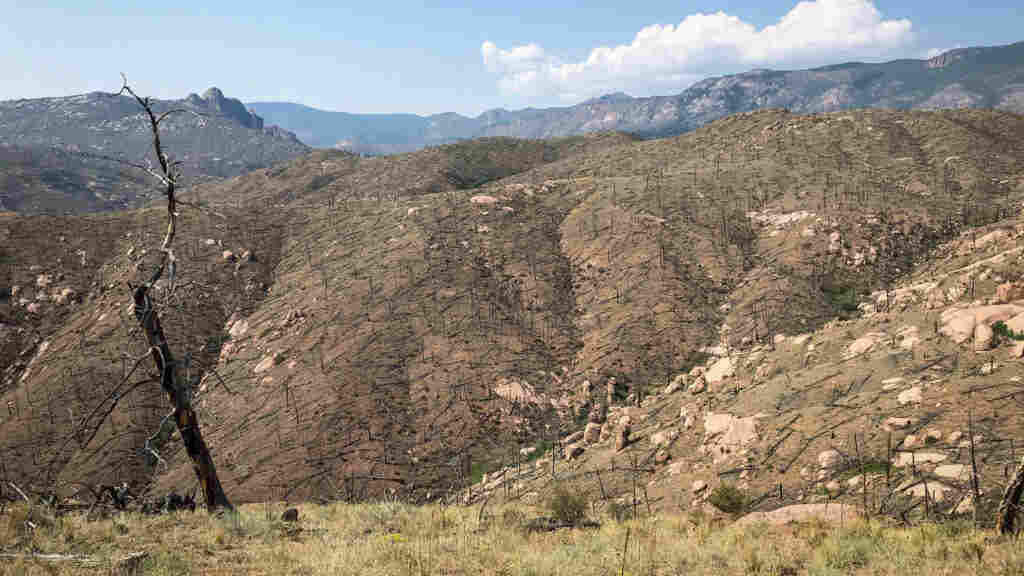Excerpt from a Greenwire article today:
Chief Justice John Roberts this week openly urged opponents of sprawling national monuments to continue their legal fight, suggesting the Supreme Court may be eager to take a fresh look at precedent it first set a century ago.
The Supreme Court declined on Monday to weigh in on whether President Obama exceeded his authority under the Antiquities Act when he created a marine national monument in the Atlantic Ocean (Greenwire, March 22).
But in a four-page statement, Roberts questioned how presidents have implemented the law and suggested other cases that might be better suited to Supreme Court intervention.
In his statement, Roberts wondered whether presidents have abused the 1906 law by ignoring a provision requiring that monuments be “limited to the smallest area compatible with the care and management of the objects to be protected.”
“Somewhere along the line, however, this restriction has ceased to pose any meaningful restraint,” Roberts wrote. “A statute permitting the President in his sole discretion to designate as monuments ‘land-marks,’ ‘structures,’ AND ‘objects’ — along with the smallest area of land compatible with their management — has been transformed into a power without any discernible limit to set aside vast and amorphous expanses of terrain above and below the sea.”
